The Importance of Native Bees in Pennsylvania
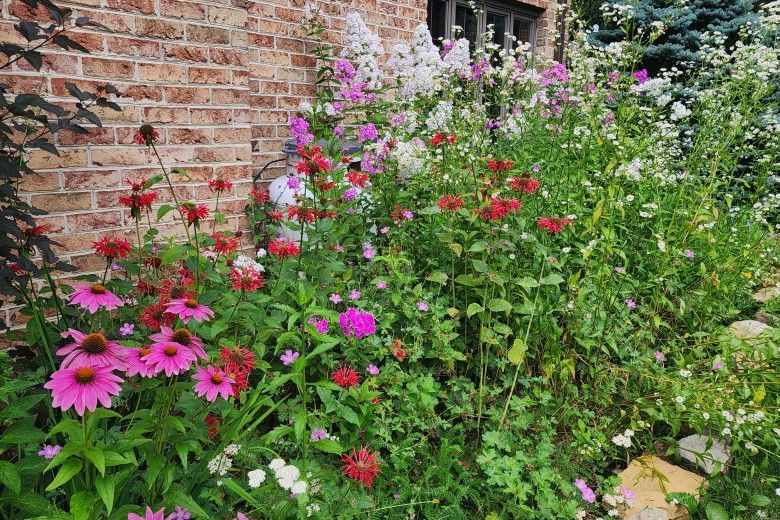
When most people think of bees, the image that comes to mind is likely the European honeybee (Apis mellifera). But while honeybees are crucial pollinators and support agriculture globally, they are not native to North America. In Pennsylvania alone, over 400 species of native bees quietly work behind the scenes, doing their part in maintaining the health of local ecosystems, supporting agriculture, and preserving biodiversity through providing the critical ecological service of pollination. Understanding the importance of native bees in our state is crucial, especially as they face mounting threats from habitat loss, pesticide use, climate change, and competition from non-native species.
A Rich Diversity of Native Bees
Pennsylvania is home to a wide variety of native bees, including bumblebees (Bombus spp.), mason bees (Osmia spp.), leafcutter bees (Megachile spp.), miner bees (Andrena spp.), sweat bees (Halictidae spp.), and carpenter bees (Xylocopa spp.). These bees vary in size, color, nesting habits, and seasonal activity, and each plays a specific role in pollinating plants, including crops.
Unlike honeybees, which live in large colonies, most native bees are solitary. A single female builds and provisions her nest, often in soil, hollow stems, or wood. Despite their solitary nature, native bees are often more effective pollinators than honeybees. For example, bumblebees perform "buzz pollination"—vibrating flowers to release pollen—a technique that is essential for crops like tomatoes and blueberries. Additionally, some native bee species will continue pollinating plants when weather conditions are too cold and wet for honeybees.
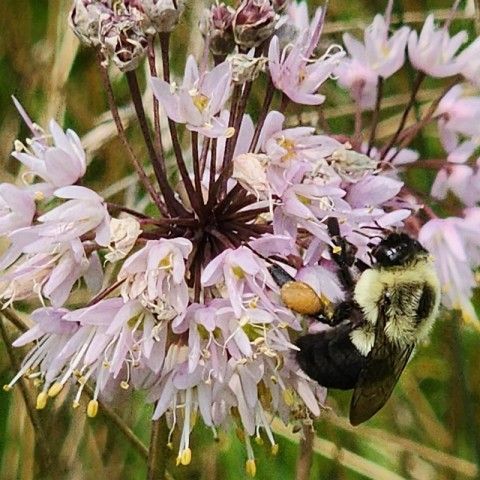
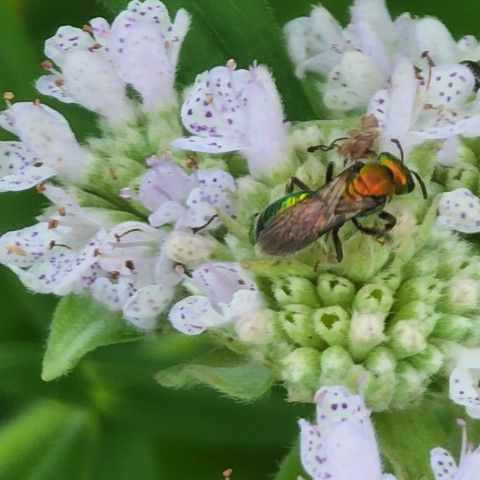
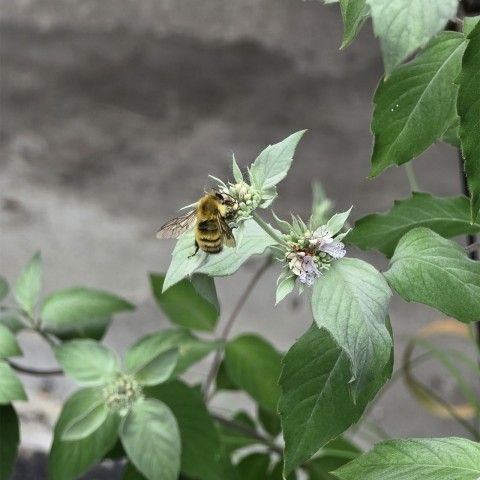
Native Bees and Pennsylvania’s Ecosystems
Native bees are foundational to the health of Pennsylvania’s diverse ecosystems. Approximately 90% of flowering plants rely on animal pollinators, which include ants, bats, bees, beetles, birds, butterflies, flies, moths, wasps, and more. In Pennsylvania, native bees are among the most important. Wildflowers, shrubs, and trees such as goldenrod, buttonbush, and redbud depend on bees to reproduce and propagate across the landscape.
The ecological benefits of this pollination cascade through the food web. Plants pollinated by native bees provide food and shelter for other wildlife, such as birds, other insects, and mammals, including humans. When native bee populations decline, the effects ripple throughout the ecosystem, potentially leading to losses in plant and animal diversity.
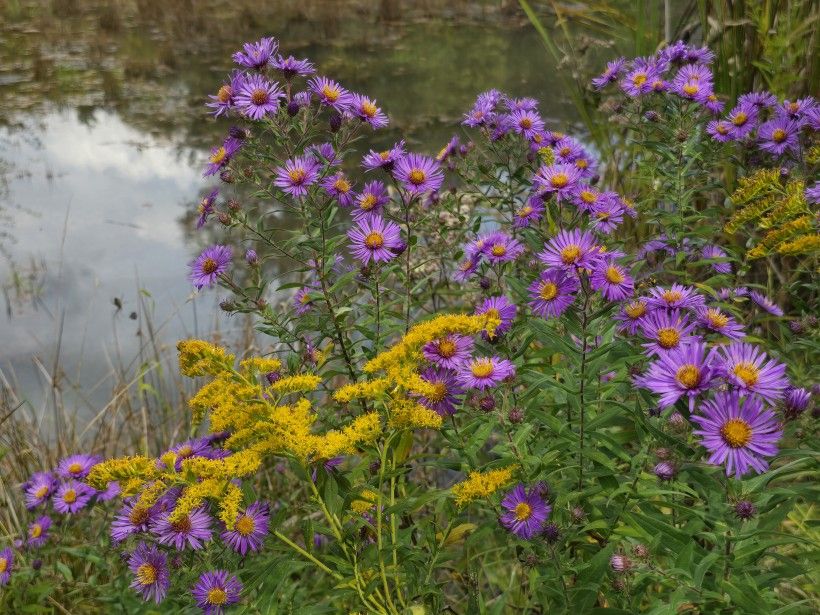
Agricultural Value
Native bees contribute significantly to Pennsylvania’s agricultural economy. The state produces a variety of crops that rely on or benefit from bee pollination, including apples, cherries, cucumbers, pumpkins, and squash. Research has shown that native bees provide important pollination services, especially on farms that are near natural habitats, and that fruit pollinated by native bees is larger than fruit pollinated by honeybees. The United States Department of Agriculture states that “Bees are superior—and frequently the only—crop pollinators because they transport pollen and typically visit flowers from a single plant species during each foraging trip, which ensures that the correct pollen is transferred from plant to plant. Bees also forage out from a central nest and therefore stay in the area around a crop when their nests are close at hand.”
For instance, squash bees (Peponapis pruinosa), a native species, are specialized pollinators of squash, pumpkin, gourd, and zucchini plants. Squash bees are active early in the morning when squash flowers are open, and they often pollinate these blooms before honeybees wake up. Likewise, mason bees are excellent early-spring pollinators of fruit trees, including apples, cherries, and peaches.
By increasing crop yields and quality, native bees play an unrecognized but crucial role in the productivity and profitability of Pennsylvania’s farms.
Threats to Native Bees
While their diversity and solitary lifestyle can protect native bees from diseases and parasites that can ravage a honeybee colony, native bee and insect populations in general are in decline. Several threats are driving these losses.
- Habitat Loss and Fragmentation: Urban development, intensive agriculture, and deforestation reduce the availability of suitable nesting sites and floral resources. Native bees need a diversity of flowering plants that evolved with them throughout the growing season, as well as undisturbed soil and natural materials for nesting.
- Pesticide Use: Neonicotinoids and other insecticides are harmful to bees, even in low doses. Pesticide exposure can impair bee navigation, foraging, and reproduction, and may lead to colony collapse in social species like bumblebees.
- Climate Change: Changes in temperature and precipitation patterns affect the timing of flowering and bee emergence. Mismatches between when bees are active and when plants bloom can reduce pollination success. Phenology is the study of these interactions.
- Disease and Parasites: While native bees and honeybees do not typically share nesting sites, diseases and parasites—especially those introduced through managed bee operations—can spill over into wild populations.
-
Invasive Species: Non-native plants can displace the native flora that bees rely on, and invasive bee species can compete with native bees for resources.
Image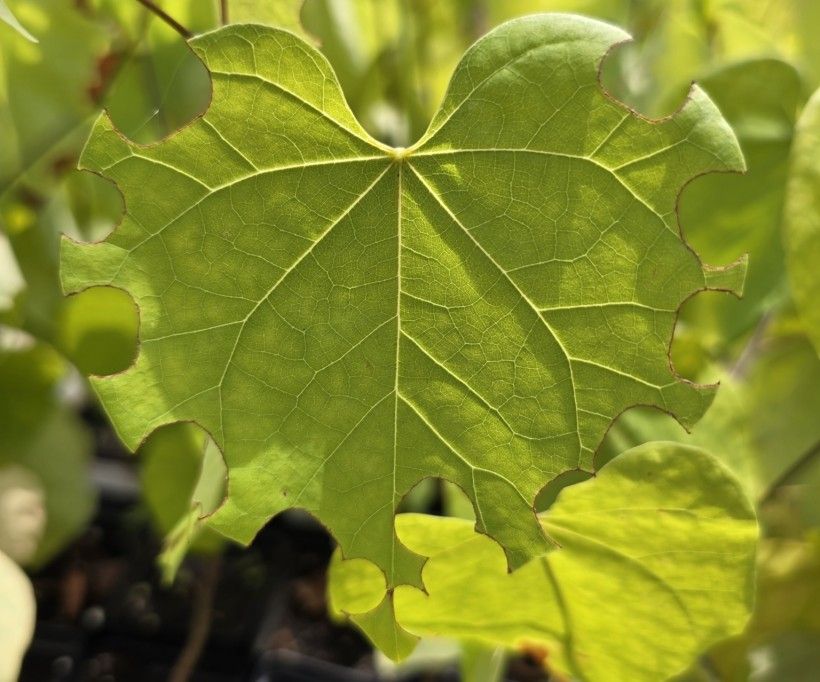
Signs of Leafcutter bees (Megachile spp.) on an Eastern Redbud (Cercis canadensis) leaf. Credit: Melissa Reckner
Conservation Strategies
Protecting Pennsylvania’s native bees requires a multi-pronged approach involving individuals, communities, farmers, and policymakers. Some helpful strategies include:
- Planting Native Flowers: Creating pollinator-friendly gardens with a wide range of native plants, such as the ones listed below, can provide food for bees throughout the growing season.
- Asters (Aster spp.)
- Bee balms (Monarda spp.)
- Coneflowers (Echinacea spp.)
- Goldenrods (Solidago spp.)
- Joe-pye weeds (Eutrochium spp.)
-
Mountain Mints (Pycnanthemum spp.)
Image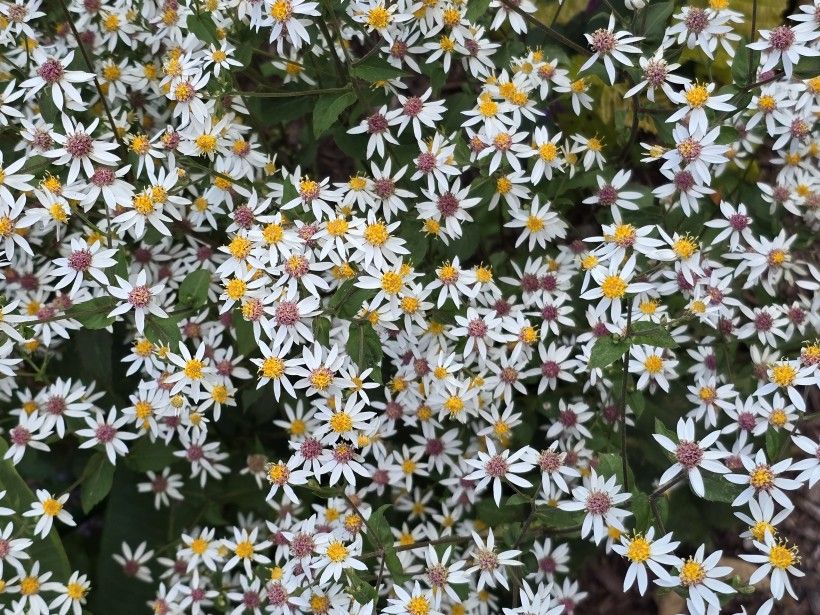
White Wood Aster (Eurybia ivaricata). Credit: Melissa Reckner
- Providing Nesting Habitat: Leaving bare patches of soil and preserving dead wood—both fallen and standing—can offer nesting sites for solitary bees.
- Reducing Pesticide Use: Limiting the use of pesticides, especially during bloom times, helps protect bees. Integrated Pest Management (IPM) practices can reduce reliance on chemical controls.
- Supporting Organic and Pollinator-Friendly Farming: Farms that maintain wildflower strips, hedgerows, and reduced pesticide use are better habitats for native bees.
- Education and Outreach: Raising awareness about the value of native bees can inspire action at the local level. Community science projects like iNaturalist encourage people to track native bee populations so scientists and researchers can better understand species distribution.
- Policy and Research: State and federal programs that fund habitat restoration, regulate pesticide use, and support pollinator research are critical to long-term conservation efforts.
Now Accepting Submissions: Pennsylvania Pollinator Photo Challenge
Do you have a great action shot of bees or other pollinators found in Pennsylvania? Now through August 3, 2025, our fifth annual Pennsylvania Pollinator Photo Challenge is underway, hosted by the Brandywine's Penguin Court Preserve and the Westmoreland Pollinator Partners—both based in Westmoreland County, PA.
To enter, submit your best photos of pollinators found and photographed in Pennsylvania, such as bees, beetles, butterflies, flies, hummingbirds, moths, or wasps in any of their life stages. Open to the public, this contest accepts submissions from people of all ages, with prizes awarded for first, second and third place. New this year will also be a contest category dedicated to native bees, in any of their life stages. Visit our website to learn more.
Sources
- United States Department of Agriculture National Agroforestry Center. “Agroforestry: Sustaining Native Bee Habitat for Crop Pollination”, Agroforestry Notes, Number 32, August 2006.
- Ze-Yu Tong, et.al. “New calculations indicate that 90% of flowering plant species are animal-pollinated”, National Science Review, Volume 10, Issue 10, October 2023.
- Garibaldi, Lucas A., et. al. “Wild Pollinators Enhance Fruit Set of Crops Regardless of Honey Bee Abundance” Science, Volume 339, Issue 6127, 28 February 2013.
- Cane, Jim. “Squash Bees”, United States Department of Agriculture.
- Graystock, Peter, et. al. “Do managed bees drive parasite spread and emergence in wild bees?” International Journal for Parasitology: Parasites and Wildlife, Volume 5, Issue 1, April 2016.